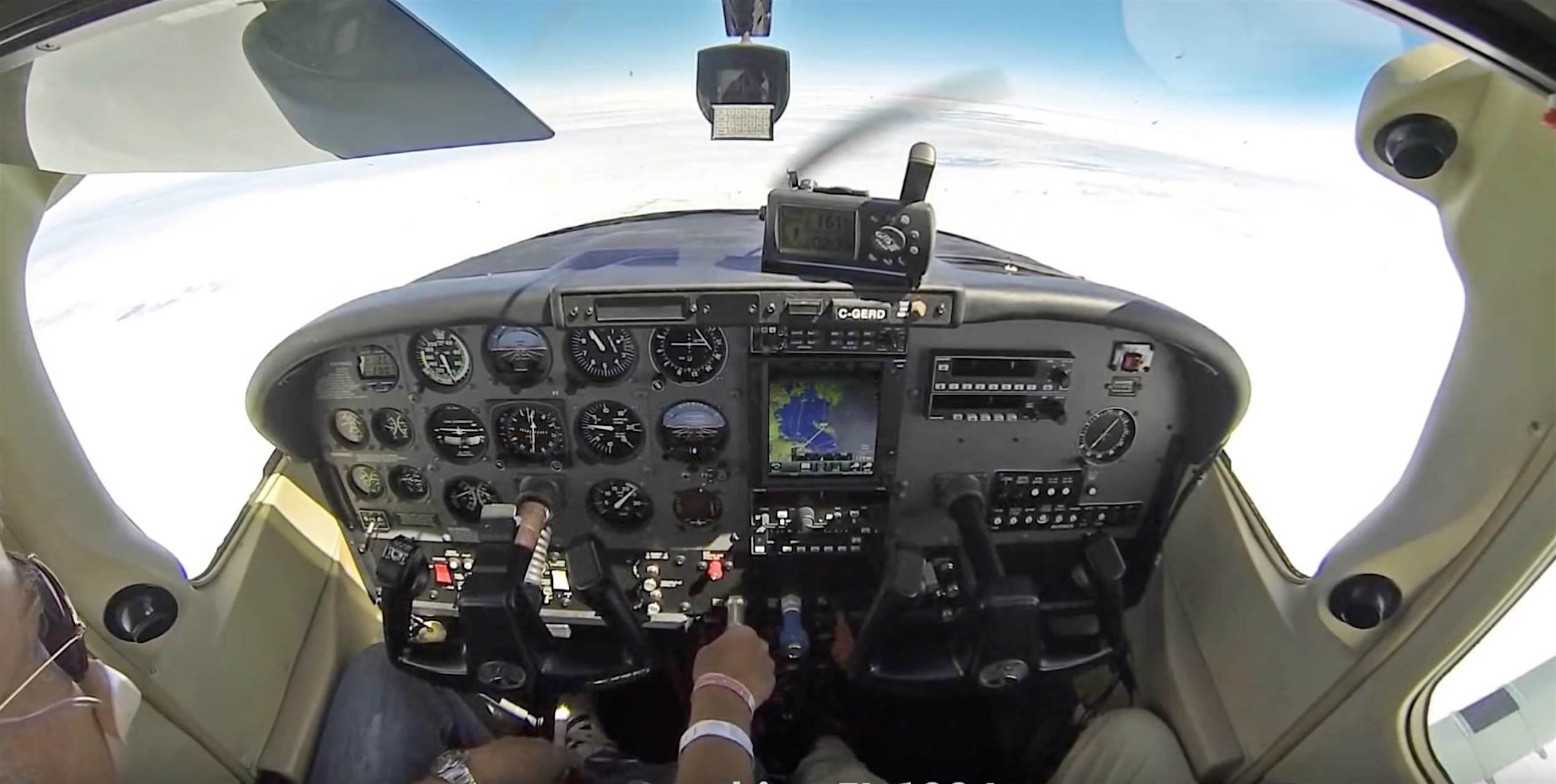 I’m not an IFR pilot and all my flying is done in daylight and good meteorological conditions. To be honest, instrument flying has never really appealed to me, so using an aircraft for regular travel has not featured in my flying. I rarely fly above 5,000 feet and then only to avoid thermals and other turbulence – commonly, I like to fly at 1,500-2,000 above the ground. My philosophy is to take a scheduled airline if I need to travel somewhere. That way, I can enjoy my VFR flying on good weather days.
I’m not an IFR pilot and all my flying is done in daylight and good meteorological conditions. To be honest, instrument flying has never really appealed to me, so using an aircraft for regular travel has not featured in my flying. I rarely fly above 5,000 feet and then only to avoid thermals and other turbulence – commonly, I like to fly at 1,500-2,000 above the ground. My philosophy is to take a scheduled airline if I need to travel somewhere. That way, I can enjoy my VFR flying on good weather days.
However, a friend of mine is an IFR qualified pilot, with a Piper Saratoga. I have flown with him on a couple of occasions – notably a flight in the right hand seat from Mildura back to Melbourne, in IFR conditions, after a Foxbat delivery a couple of years ago (thank you, Ross!). We flew most of the way at about 8,500 feet and entered cloud for about half an hour approaching top of descent into Tyabb Airport. At first it was a bit scary with no horizon or sight of the ground (see my recent post: 178 Seconds, about VFR into IMC) but Ross was completely calm, following height and direction instructions from Melbourne Centre. I was given the job of looking at the wing my side to report any ice build up (there was none).
I was therefore interested in this video because it covers a type of flying well outside both my experience and capability. It records a 1,200 nautical mile trip across Canada in a 2001 turbocharged Cessna 182 ‘Skylane’ C-GERD, much of the flight on autopilot and at heights above 15,000 feet. The pilot, Gerd Wengler, is clearly very much at home and familiar with the aircraft. The cockpit is calm and most of the major activities and radio calls are captioned for our education.
Although it’s almost a quarter of an hour long, the time passes quickly. I’d recommend setting the YouTube resolution as high as possible and watching full screen – it’s absorbing! Were it not for the time commitment, I might even be interested in a few IFR lessons myself….or maybe I should start with night VFR….
